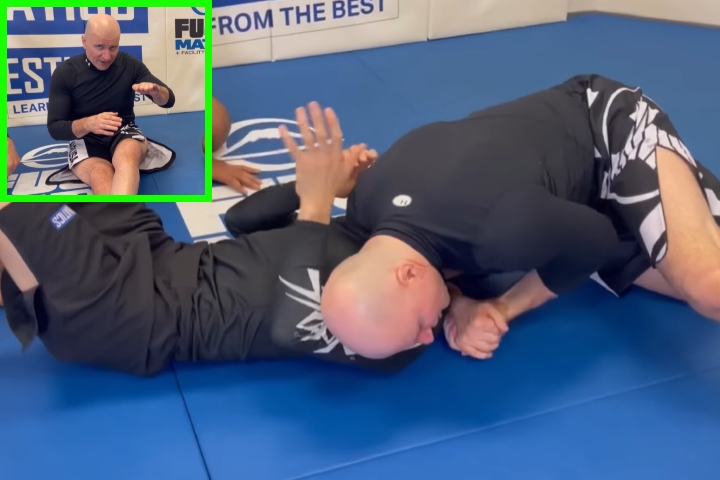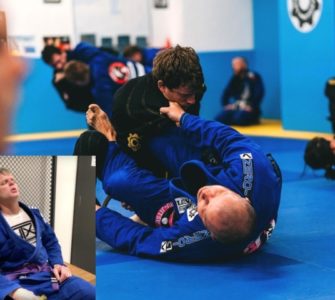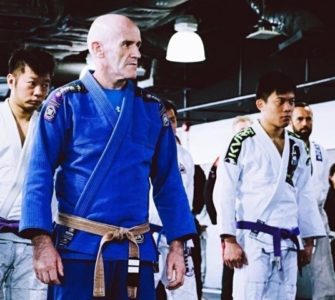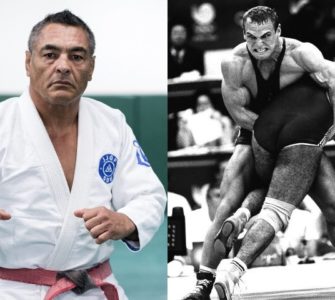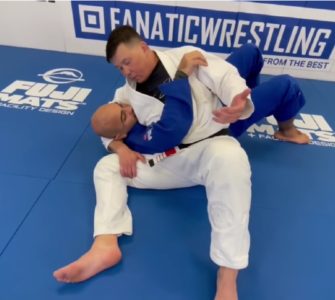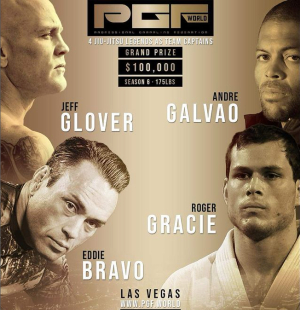Do you find yourself as an older Jiu-Jitsu student? Perhaps you’ve just begun your journey and have some questions. Or possibly, you have a bit of experience already but aren’t certain what to do next.
Having advanced age requires some extra considerations when training in BJJ. Nonetheless, don’t worry – these adjustments can help make you as proficient (or even more than) other students at the gym.
If you’re usually overpowered by your younger and more athletic peers, then you’re familiar with how discouraging that can be.
How are you supposed to compete and keep up with the younger athletes in Jiu-Jitsu?
They’re faster, more explosive, possibly stronger… What can you do?
John Danaher discusses the question on the video below, as well as shows some practical examples:
Body Lock Your Way Through The Guard With This Step-By-Step Approach To The Pass With B-Team Co-Founder & ADCC Finalist Nick Rodriguez’s Signature “Rody Lock” System For Grapplers Of All Levels.
- Learn the foundations of body lock passing with Nick’s explanation of the grips, pressure, and controls you need to start the attack.
- Go step by step through the pass with Nick’s advice on forcing half guard or beating the legs to get to dominant passing positions.

